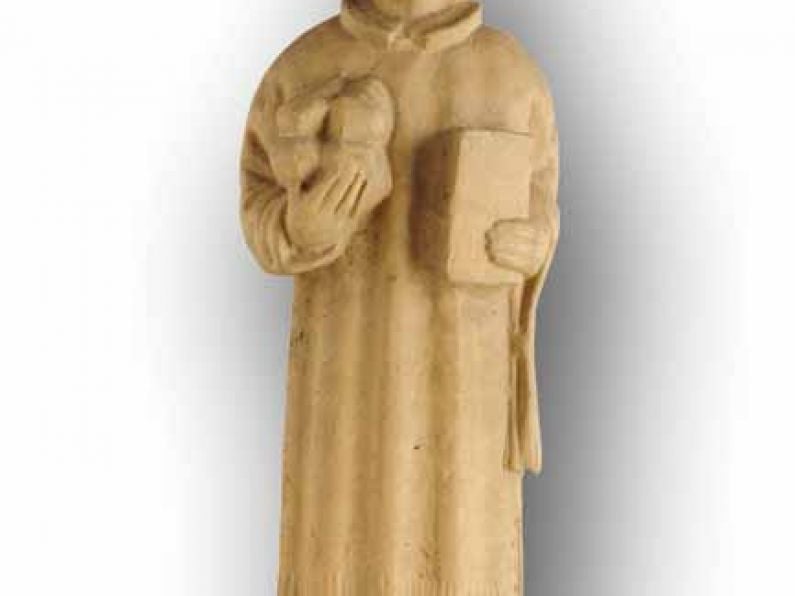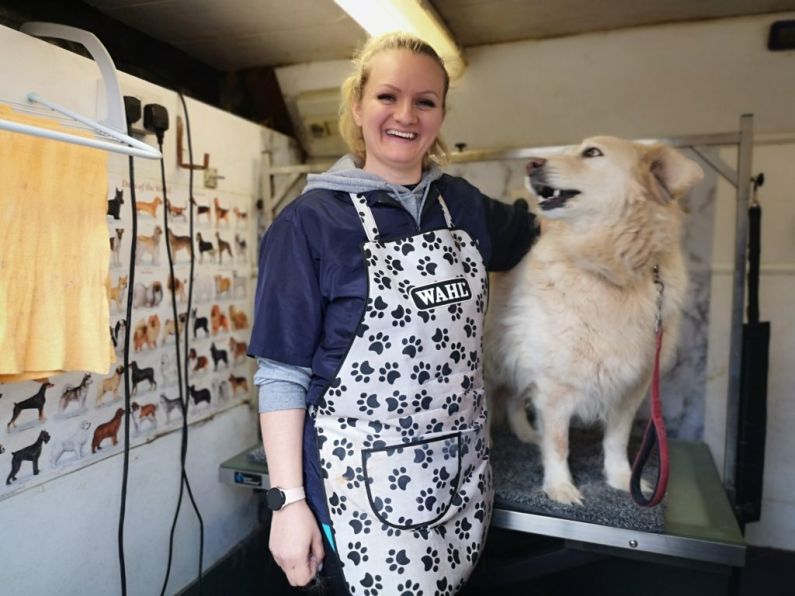In his virtual tour of Waterford Treasures on WLR’s Big Breakfast Blaa, Eamonn McEneaney tells Ollie and Mary all about a statue of St Stephen from the Leper Hospital Waterford.
Leprosy was one of the most virulent diseases of the Middle Ages; causing permanent damage to the skin, limbs and eyes. Lepers were shunned and even those suspected of suffering from leprosy were segregated, even in church. Many churches had special chambers reserved for lepers with a small opening known as the leper’s squint, through which they could hear Mass without mixing with the rest of the congregation.
Many medieval cities had leper hospitals – usually situated outside the city walls. The church and leper hospital of St. Stephen was built after the Anglo-Norman invasion of 1170. It was located on the corner of the present-day New Street and Stephen’s Street – an area which was then outside the walled town. However, by the mid-13th century the suburbs where it was located were enclosed.
According to tradition, the leper hospital was founded in 1185 by Robert le Poer [Power] who endowed it with almost 800 acres of land for its upkeep. King John granted a further 900 acres to the leper hospital when he visited Waterford in 1210 on condition that the lepers prayed daily for him. Most of this land was located near Dunmore East and in an area still known as Leperstown to this day. King John’s grant also included the land stretching from John’s Bridge through Johnstown and John’s Hill to Ballytruckle. All that remains of the leper hospital on the site now is a two-storey house with a limestone fireplace bearing the date 1632.
The church of St. Stephen, located beside the leper hospital is first mentioned in the historical records in the mid-15th century but because of its association with the hospital was also probably founded in the 12th century. In 1468, John Collyn, Dean of Christ Church Cathedral, left small sums of money in his will for the upkeep of St. Stephen’s Church and for the relief of the patients in the hospital.
If you enjoy Eamonn’s slots with us on The Big Breakfast Blaa, listen here to what he had to say about the connection between a silver hotwater urn and its connection to Robert Emmet.I rish Republican,and Irish nationalist patriot, orator and rebel leader.After leading an abortive rebellion against British rule in 1803 he was captured then tried and executed for high treason against the British king George III of Great Britain and Ireland.
And below is his chat with us about a statue of St Stephen from the Leper Hospital Waterford.














